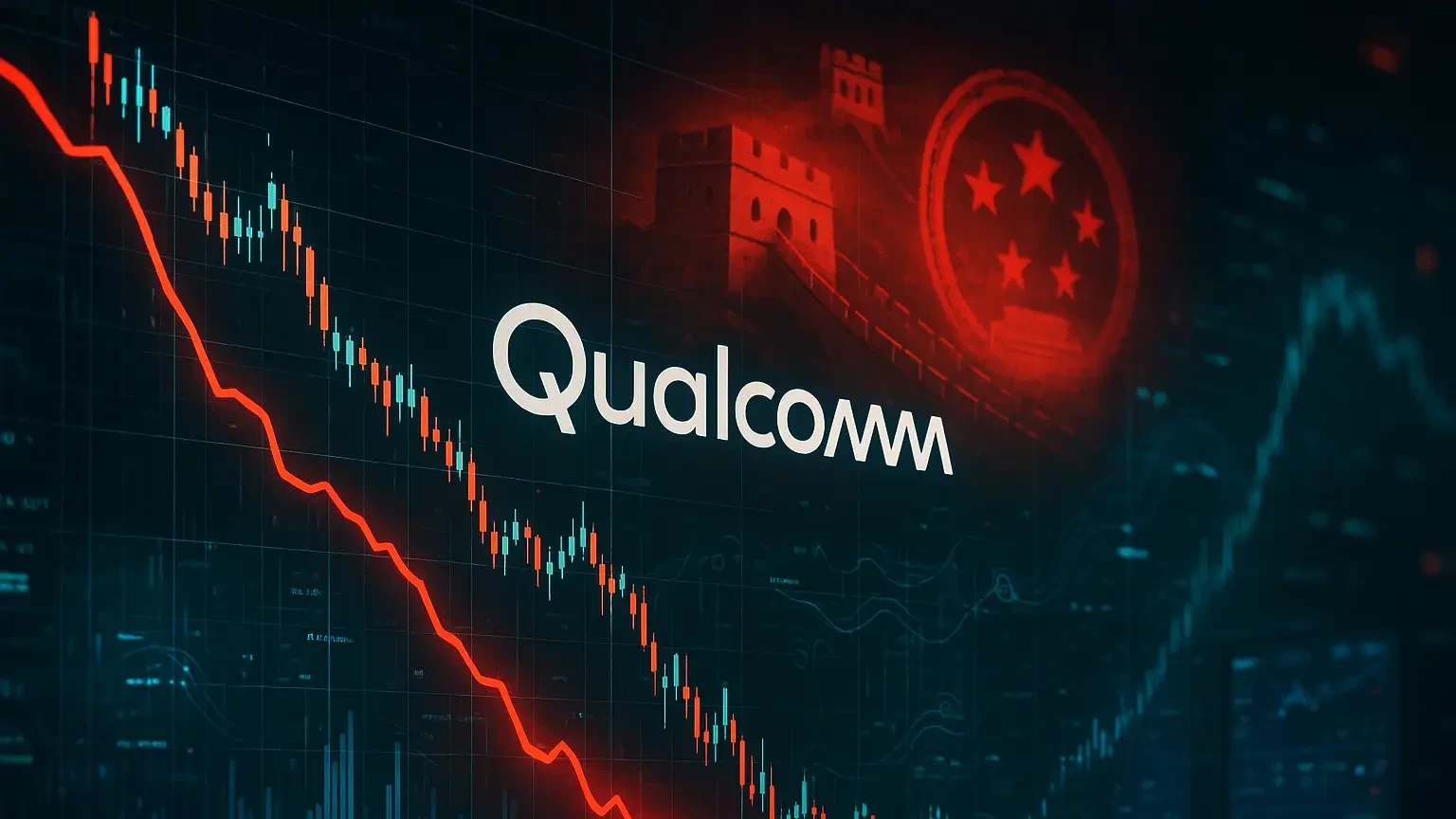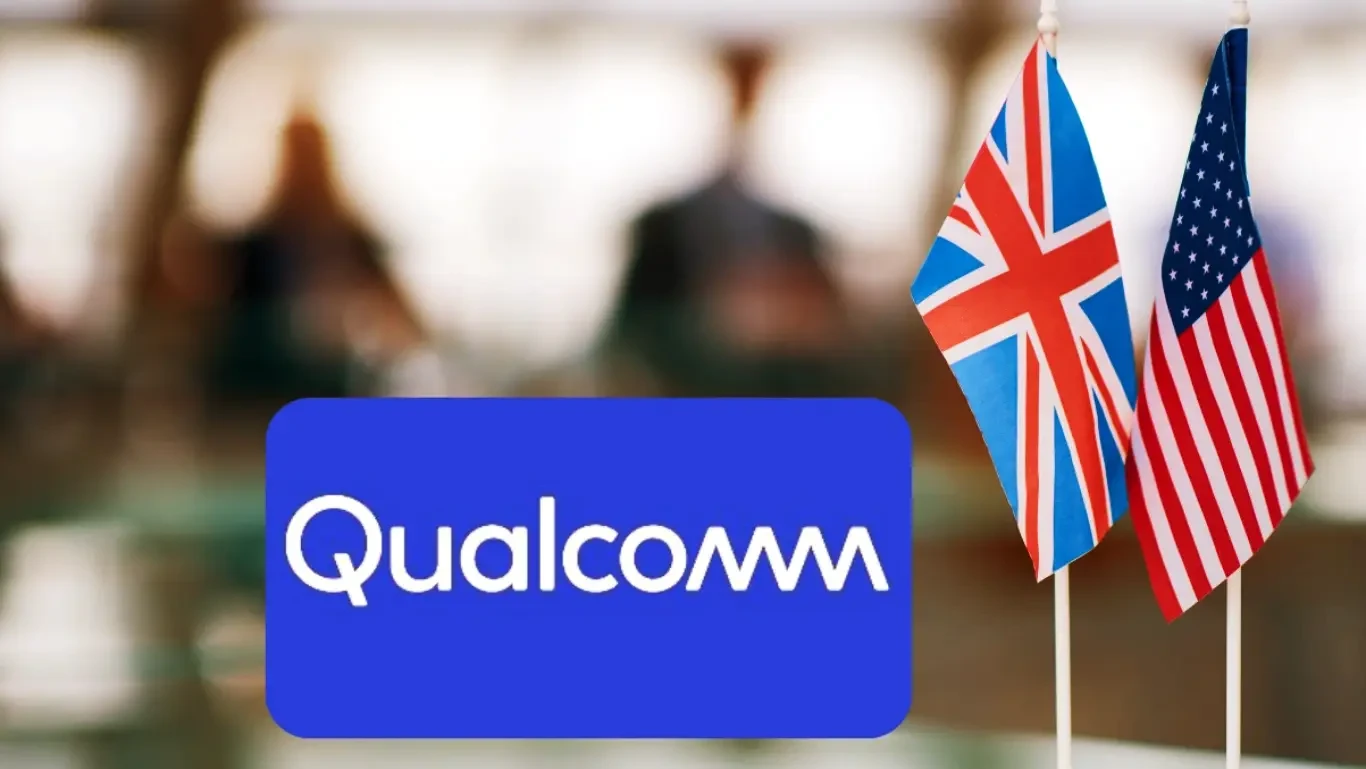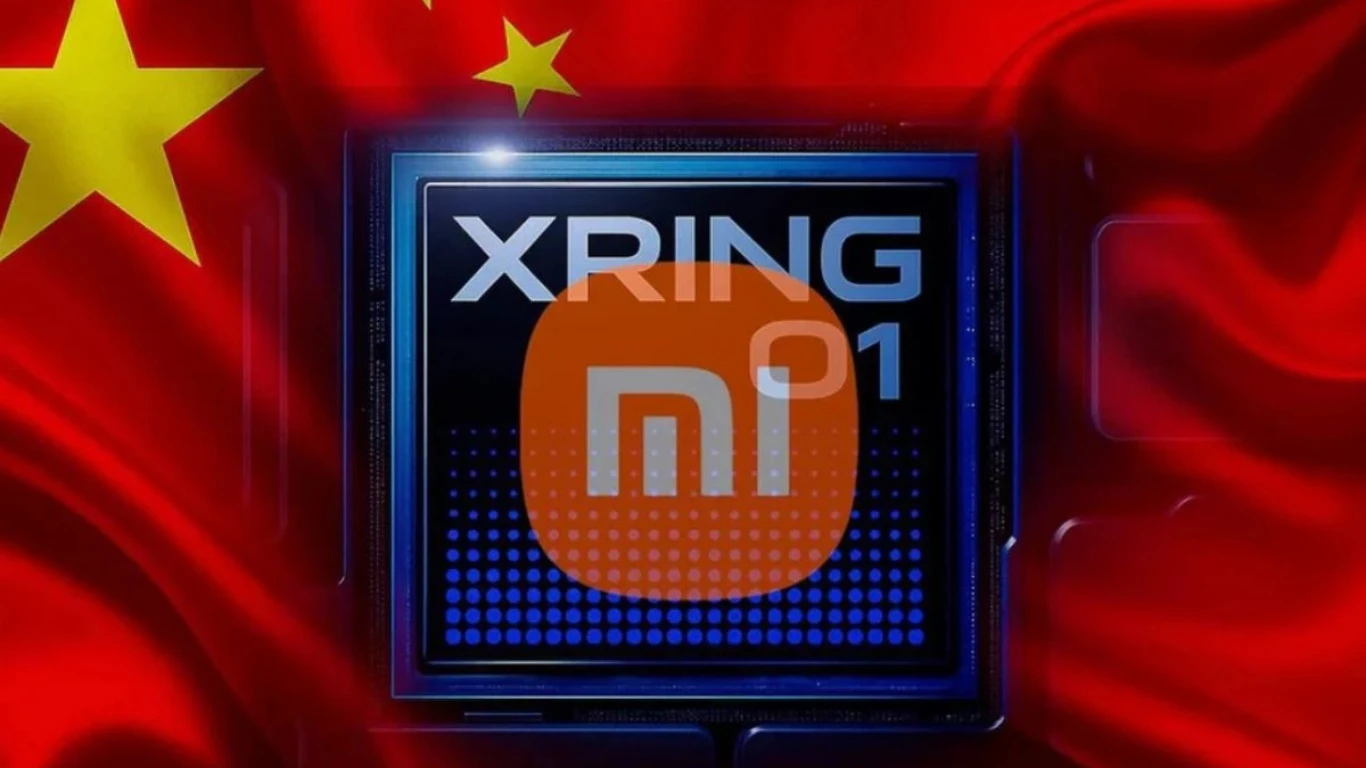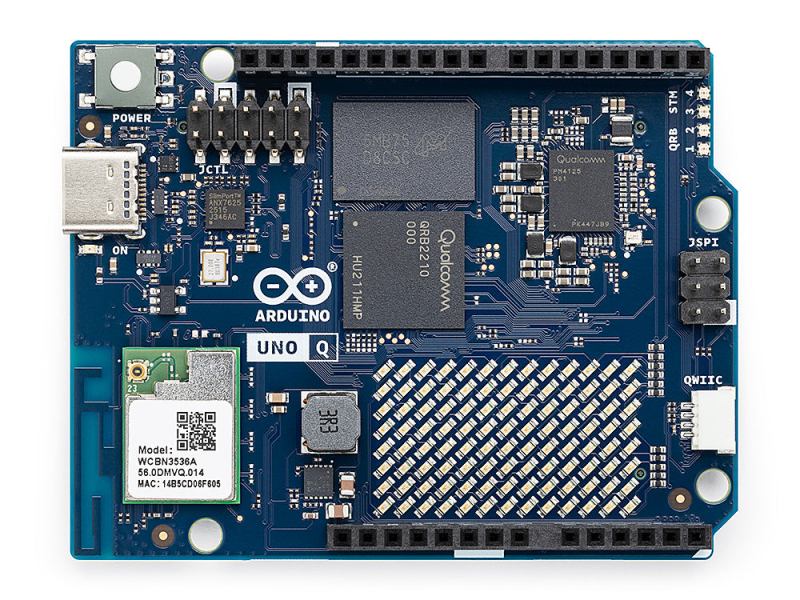Finally, the moment we've all been waiting for: Samsung and Apple users will soon be able to share files as easily as Apple’s beloved AirDrop! Because nothing says “we’re all in this together” like a friendly competition to see who can share a meme faster.
Kudos to Qualcomm for making this *groundbreaking* move, just when we were starting to think about sending our files via carrier pigeon! Remember the days of awkward Bluetooth pairings? Yeah, me neither! So, get ready for file-sharing bliss, because soon enough, you'll be hurling photos across the room without a care in the world.
Is this tech progress or just another social media flex? You decide.
https://www.tech-wd.com/wd/2025/11/22/%d9%85%d8%b3%d8%aa%d8%ae%d8%af%d9%85%d9%88-%d8%b3%d8%a7%d9%85%d8%b3%d9%88%d9%86%d8%ac-%d9%88%d8%a2%d8%a8%d9%84-%d9%
Kudos to Qualcomm for making this *groundbreaking* move, just when we were starting to think about sending our files via carrier pigeon! Remember the days of awkward Bluetooth pairings? Yeah, me neither! So, get ready for file-sharing bliss, because soon enough, you'll be hurling photos across the room without a care in the world.
Is this tech progress or just another social media flex? You decide.
https://www.tech-wd.com/wd/2025/11/22/%d9%85%d8%b3%d8%aa%d8%ae%d8%af%d9%85%d9%88-%d8%b3%d8%a7%d9%85%d8%b3%d9%88%d9%86%d8%ac-%d9%88%d8%a2%d8%a8%d9%84-%d9%
📱✨ Finally, the moment we've all been waiting for: Samsung and Apple users will soon be able to share files as easily as Apple’s beloved AirDrop! Because nothing says “we’re all in this together” like a friendly competition to see who can share a meme faster. 😂
Kudos to Qualcomm for making this *groundbreaking* move, just when we were starting to think about sending our files via carrier pigeon! 🕊️ Remember the days of awkward Bluetooth pairings? Yeah, me neither! So, get ready for file-sharing bliss, because soon enough, you'll be hurling photos across the room without a care in the world.
Is this tech progress or just another social media flex? You decide. 🤔
https://www.tech-wd.com/wd/2025/11/22/%d9%85%d8%b3%d8%aa%d8%ae%d8%af%d9%85%d9%88-%d8%b3%d8%a7%d9%85%d8%b3%d9%88%d9%86%d8%ac-%d9%88%d8%a2%d8%a8%d9%84-%d9%
0 Σχόλια
·0 Μοιράστηκε












